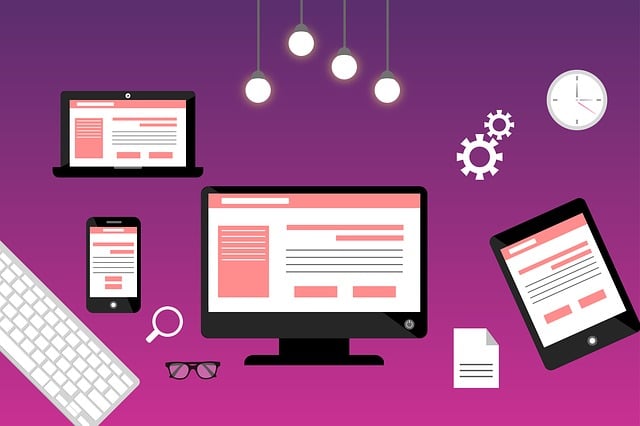7 Cool Things HTML Tags Can Do


HTML (HyperText Markup Language) is the most basic building block of the Web. It is used to design the web pages. There are 111 elements. in HTML 5.2.
HTML has many advantages over other markup languages. One of them is it is easy to learn and use. HTML supports almost all browsers around the globe. You don’t have to know CSS or PHP to build fancy websites.
HTML uses simple tags to markup and format the content. HTML Tags help web browsers convert HTML documents into web pages. Tags are like keywords which defines that how web browser will format and display the content. Opening tags and closing tags are found in the majority of tags.
Some cool things HTML tags can do…
- Color Picker
Use the <input> tag and giving it a property of type=’color’.
<label for=”favcolor”>Select your favorite color:</label>
<input type=”color” id=”favcolor” name=”favcolor” value=”#ff0000″>
2. Make a call
Call someone direct from your website.
<a href=”tel:1234567890″> Call to Resfeber </a>
3. Map Images
The HTML <map> tag defines an image map. An image map is an image with clickable areas. The areas are defined with one or more <area> tags.
<img src=”wmap.jpg” alt=”womap” usemap=”#worldmap”>
<map name=”worldmap”>
<area shape=”rect” coords=”34,44,270,350″ alt=”Asia” href=”asia.htm”>
<area shape=”rect” coords=”290,172,333,250″ alt=”Europe” href=”eur.htm”>
<area shape=”circle” coords=”337,300,44″ alt=”South America” href=”sa.htm”>
</map>
4. Progress bar
You can use the <progress> element which will represent the completion of something.
<label for=”file”>Downloading progress:</label>
<progress id=”file” value=”32″ max=”100″> 32% </progress>
5. Highlight Text
Highlighted text usually has dark text color with a light background. You can achieve that highlighted text effect with markup alone. Any text enclosed inside the <mark> will have that effect.
<p>Lets take your <mark>Business</mark> to Next Level.</p>
6. Autocomplete
The <datalist> tag is used to provide an “autocomplete” feature for <input> elements. Users will see a drop-down list of pre-defined options as they input data.
<label for=”browser”>Choose your browser from the list:</label>
<input list=”browsers” name=”browser” id=”browser”>
<datalist id=”browsers”>
<option value=”Edge”>
<option value=”Firefox”>
<option value=”Chrome”>
<option value=”Opera”>
<option value=”Safari”>
</datalist>
7. Emoji
Many UTF-8 characters cannot be typed on a keyboard, but they can always be displayed using numbers (called entity numbers):
<h1>My First Emoji</h1>
<p>😀</p>
CONCLUSION
HTML is used by 95.4% of all the websites whose markup language we know. Html is established as one of the fundamental pillars of the digital world. It can easily integrate with other languages such as JavaScript, CSS etc. While there are more than 100 tags, knowing the most common tags is all it takes to create a fantastic web page.
Contact us to know more about this topic…